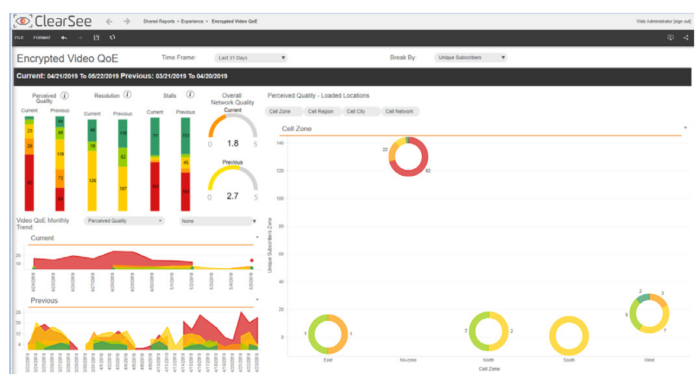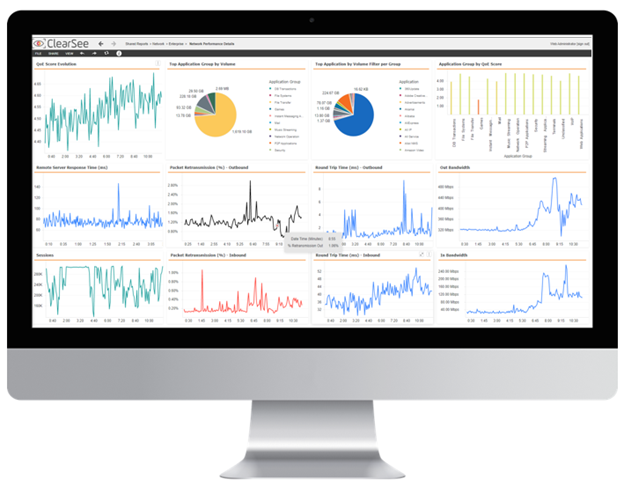As I mentioned in a previous blog post, 4G is pretty good. It makes quite a few useful things possible:
- Fast general Internet access (on the order of DSL)
- Download and even upload high-resolution video
- Always-on behavior (with batteries lasting the entire day)
- Apps rely on location and identity (technically a smartphone feature).
- As a testament to this success, there are well over 700 commercial 4G networks deployed across the world, covering more than 80 percent of the global population.
So, why do we need 5G?
It’s interesting to mention that 5G wasn’t developed, like 3G and 4G, due to a breakthrough technology. The 5G standardization work commenced with a study of use cases that required more than 4G can deliver. Strangely, 5G is exclusively presented in the popular media as being just a lightning-fast replacement for 4G. Of course, this is true! 5G’s eMBB (enhanced Mobile BroadBand) mode can be 10-100 times faster than that of 4G! But does the average cellular subscriber need this speed upgrade, or would truly delivering on 4G (100 Mbps) suffice?
For example, marketing campaigns tell us that, with 5G, you can download an hour-long HD movie in less than 10 seconds! But, if 4G is fast enough to stream UHD in real-time, why would you pay more to download a movie and use up local storage capacity? Perhaps 5G is needed for entirely different reasons!
Can mobile operators afford 5G?
Due to this general lack of strong motivation to improve on 4G speeds, multiple surveys have found that most subscribers are not willing to pay much more for 5G service as compared to 4G. But, for communication service providers, upgrading from 4G to 5G is going to be hugely expensive – much more expensive than the upgrade from 3G to 4G! So, why would any mobile operator want to upgrade to 5G?
One reason is that 4G capacity is maxed out due to the work-from-home (WFH) trend. 4G’s largest system bandwidth is 20 MHz, which translates to a total of about 100 Mbps per cell. Operators have been busy adopting multi-user MIMO (Multiple Input Multiple Output) and Carrier Aggregation (CA) to overcome this limitation, but this can be messy (somewhat like the massive use of NAT (Network Address Translation) we have seen used to overcome the IPv4 address exhaustion problem). However, if this were the only issue, then the simplest fix would have been to add a 100 MHz option (and new spectral assets) to LTE-Advanced!
IoT & the Use of 5G
So, there must be another reason for the operator’s massive investment in 5G, and that reason is their realization that 5G RoI will not originate from human subscribers at all. The real virtue of 5G is its support for IoT use cases. To demonstrate this, let’s imagine a 5G refrigerator.

At first glance, this looks like a refrigerator that most people have at home, but it’s not. It’s a 5G refrigerator. What does that mean?
Let’s look inside. Do you see that carton of milk? Well, its recommended date for last use is about to expire, and, as a 5G carton of milk, it can inform the 5G refrigerator of this. The 5G refrigerator uses that information to contact a 5G supermarket. This happens in the background, without any involvement of the customer.

The 5G supermarket of course maintains a fleet of 5G drones, one of which grabs a new 5G carton of milk and flies to the residence of the person with the milk that’s about to expire.
Unfortunately, the 5G drone can’t immediately enter the house because all the windows are closed. But, don’t worry, there’s a 5G window! The 5G drone communicates to the 5G window, which opens and lets the drone in so it can deposit the new carton of milk near the 5G refrigerator.
Naturally, the 5G refrigerator has a robot arm, that removes the old carton of milk and drops it into the 5G garbage can and then collects the new carton of 5G milk, which it places inside the refrigerator.

When the 5G customer later comes along and opens the refrigerator, he or she finds a new carton of milk, never caring, or even noticing, that an old carton had been discarded and a new one delivered. And all that happened entirely in the background.
This is what people are talking about when they discuss the 5G Internet of Things. Mundane things will happen automatically in the background, making our lives so much easier and more convenient.
As we mention on our web page about 5G network security, 5G takes mobile network evolution to a new level with service-based networking that supports massive IoT growth and critical M2M communication.


 2.3 billion threats blocked: The state of the threat landscape Q1 2022
2.3 billion threats blocked: The state of the threat landscape Q1 2022 How to protect against the weakest link in cybersecurity – THE USERS
How to protect against the weakest link in cybersecurity – THE USERS How CSPs can integrate security into their offering
How CSPs can integrate security into their offering


